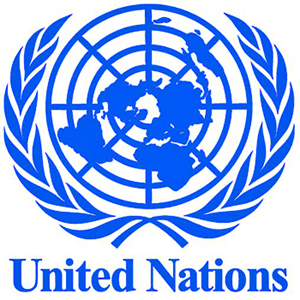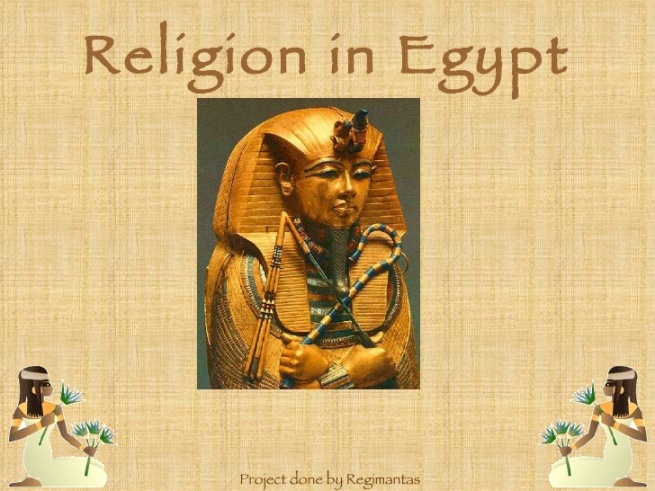
46 requests Approved with amount of $ 954,207
Some of which are:
- First International Seminar on Serial Nomination of Properties connected with Astronomy Approved Amount: $29,900 on 14-Apr-2009
- Preparation of a management plan as a prelude for the inscription of the Gebel Qatrani area on the World Heritage List Approved Amount: $ 17,000 – on 09-Jun-2005
- The Egypt MAB Bulletin. Publication of two double issues of 2004. Approved Amount: $2,000 on 26-Nov-2003
- Proceedings of the Conference on Heritage Management Mapping. Approved Amount $10,000 – on 10-Jun-2003
- Heritage Management Mapping. Approved Amount: $10,000 on 11-Aug-2002
- Preparatory assistance for natural sites in the Oases of the Northwestern Desert of Egypt. Approved Amount $19,600 on 03-Jun-2002
- Regional Training Workshop to prepare Tentative Natural Heritage. Approved Amount: $29,500 on 11-Apr-2002
- Revision of the Tentative List of Egypt. Approved Amount: $16,880 on 12-Feb-2002
- Technical advice on ground water related problems at the World heritage sites of Ancient Thebes and Abu Mena. Approved Amount $14,000 on 08-Aug-2001
- Seminar on Desert Landscapes and Oasis Systems in the Arab Region,Kharga Oasis, Egypt. Approved Amount $20,000 USD on 23-Mar-2001
- Ras Mohammed Coastal Area South Sinai, Egypt. Approved Amount: $15,000 on 01-Mar-2001
- Revision of the nomination file of St Catherine Area, south Sinai as Mixed Cultural/Cultural Landscape and Natural World Heritage Site. Approved Amount:$19,500 on 17-Dec-1999
- Rehabilitation Program for Islamic Cairo. Approved Amount: $80,000 on 03-Dec-1999
Bibliography











